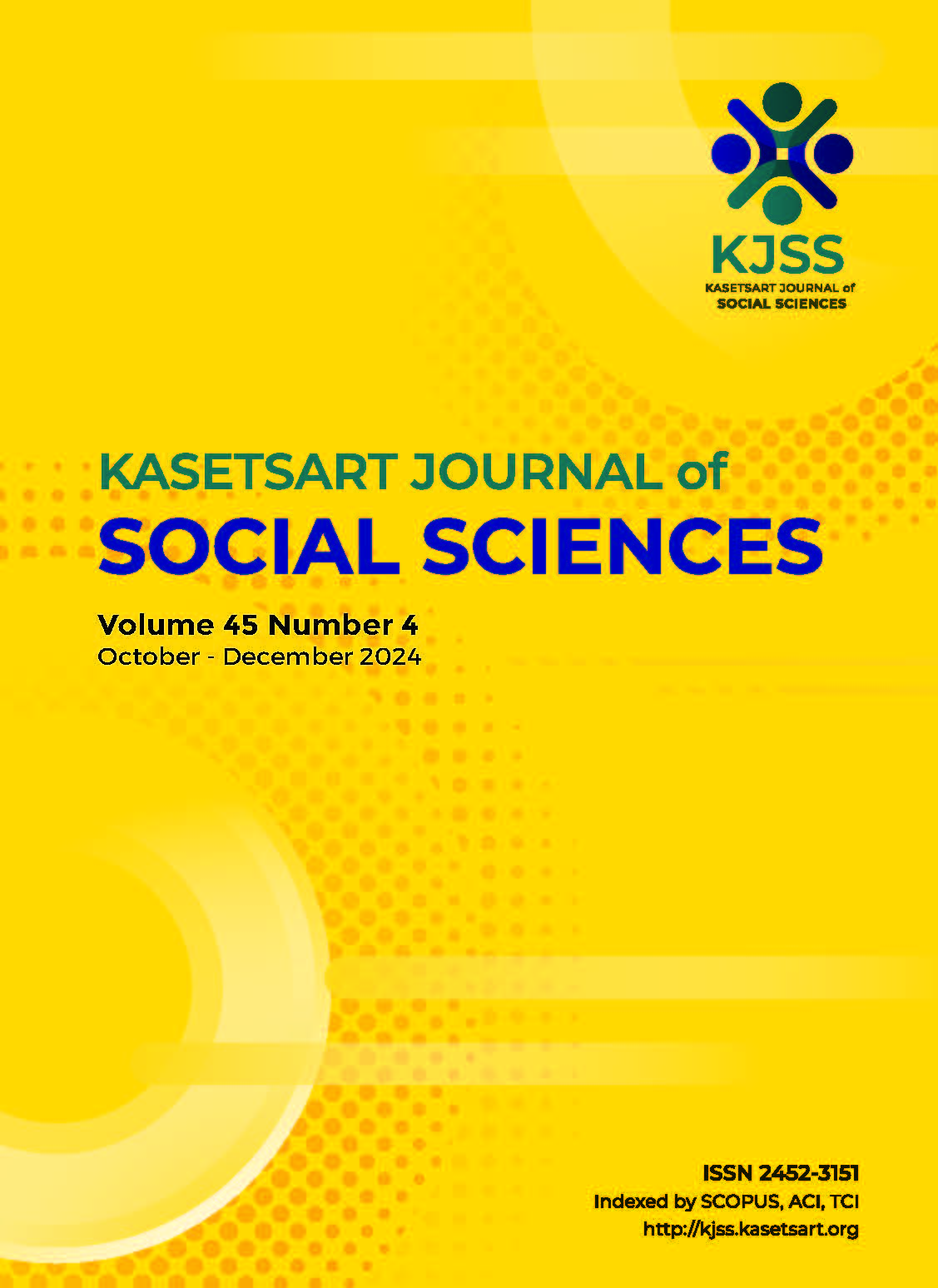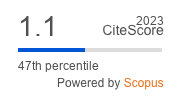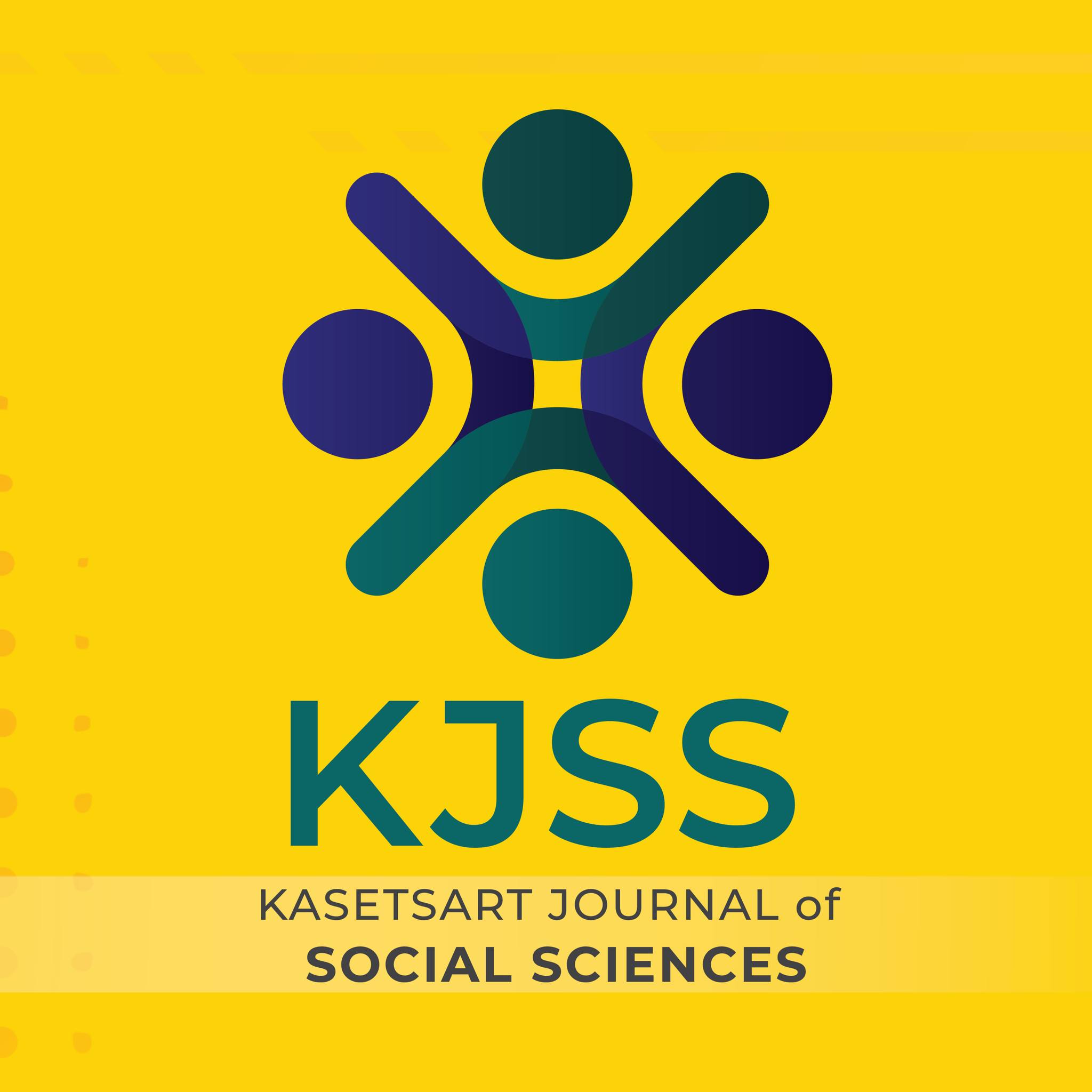Technology Continuance Theory in Support of Continual Intent to Use Learning Management System in the Philippines
Keywords:
google forms, learning management systems, technology continuance theoryAbstract
The study is anchored on the use of “Technology Acceptance Theory” (TCT) of Liao (2009) which includes factors like satisfaction, purposefulness, and simplicity perceptions. Following the quantitative research design, it aims to suggest that Learning Management System (LMS) could be adopted after experiencing the COVID-19 global crisis. Three hundred and eighty-two teachers from institutions in education, business administration, accountancy, marketing, management, and arts and sciences were involved in a survey using google forms. survey using google forms. SmartPLS3.3.9 was used for the statistical treatment of data. The findings revealed that information reliability richness (IRR) has a favorable effect on continual intention to utilize available LMS (H1) including purposefulness perception (PUP) (H3), technical facilitating conditions (TFC) (H4), and satisfied beliefs (SB) (H5). Technical facilitating conditions (TFC) has an impact on learners’ satisfied beliefs (SB) (H6); purposefulness perceived (PUP) by respondents has a linkage with satisfaction; thus, they will continually utilize LMS after the outbreak (H7); PUP relates to technical facilitating conditions (TFC) (H8); the perceived purpose of utilizing LMS is likely influenced by the level of simplicity of use perception (SUP) (H10), and that prior learners’ informational-reliability richness (IRR) could validate the continual intention to use LMS (H11). Having a personal technology device such as a laptop or cell phone with an internet connection encourages continuous use of technology even after the pandemic outbreak. Involving respondents outside of Southeast Asia and conducting more studies related to the same study are highly recommended.
Downloads
Published
How to Cite
Issue
Section
License
Copyright (c) 2024 Kasetsart UniversityThis is an open access article under the CC BY-NC-ND license http://creativecommons.org/licenses/by-nc-nd/4.0/










